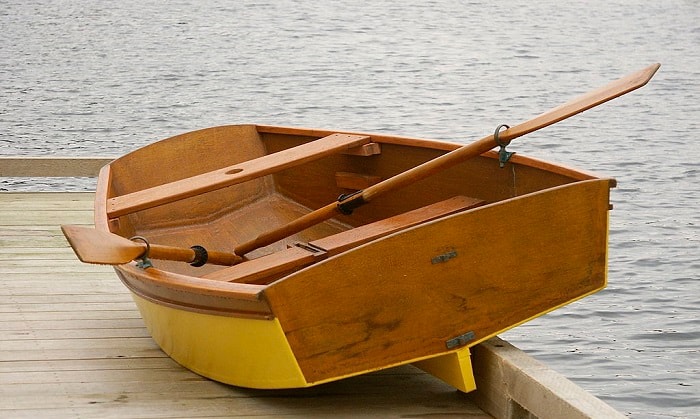
Beyond the Blueprint: Unveiling Hidden Factors in Choosing Wooden Boat Plans
Building a wooden boat is a journey, not just a project. It's a testament to craftsmanship, a connection to maritime history, and a deeply satisfying challenge. But before you even pick up a plane, the crucial first step lies in selecting the right plans. While countless guides detail hull designs and sail configurations, some critical aspects often get overlooked. This article delves into those hidden factors, offering new perspectives to help you navigate the world of wooden boat plans and build your dream vessel.
The Unspoken Costs: Beyond Lumber and Epoxy
We all meticulously compare plan prices, but what about the "hidden" costs? These are the expenses that sneak up on even the most experienced builders.
Q: How do I accurately budget for unexpected challenges? A: The Unexpected Contingency Fund
Many plans assume a certain level of skill and readily available materials. Reality often differs. Experienced builders suggest adding a 20-30% contingency to your budget for unforeseen repairs, material substitutions (that beautiful mahogany might be unavailable!), or tool upgrades. Think of it as an insurance policy against project paralysis.
Q: What about specialized tools? Can I really build a boat with just hand tools? A: The Tool Truth
While some romantic visions depict hand-tool construction, many modern plans benefit from power tools. Consider the time saved versus the investment cost. A good quality router, for example, can significantly speed up shaping intricate components. Analyze the plan's requirements realistically. A detailed tool list in the plans themselves is a good sign of a well-thought-out project. This might even include suggested alternatives.
Beyond Aesthetics: Matching Your Skills to the Plans
Choosing plans based solely on looks is a recipe for disaster. Your skill level is paramount.
Q: How can I assess the complexity of a plan objectively? A: The Complexity Scorecard
Develop a "complexity scorecard." Rate the plan across different aspects:
Assign points to each factor, and compare the total score against your self-assessment of your skill level. Be honest â€" it's better to start with a simpler project and build your confidence.
The Unsung Hero: Community and Mentorship
Building a boat shouldn't be a solitary endeavor. Leverage the power of the boating community.
Q: Where can I find support during my build? A: The Power of Connection
Online forums, local boatbuilding clubs, and experienced craftspeople can be invaluable resources. Don't hesitate to seek advice, ask questions, and even find a mentor. Sharing your journey with others not only enhances your learning experience, it also provides moral support during challenging moments. Consider attending local boatbuilding workshops or classes, even if just for a weekend.
The Long View: Choosing for Long-Term Sustainability
Beyond the build, consider the boat's longevity. Your choice of wood, construction techniques and the plan itself will impact this.
Q: How can I choose plans for a boat that's both beautiful and durable? A: Thinking Beyond the Build
Research the wood species used in the plans; some are more resistant to rot and insect infestation than others. Evaluate the plan's approach to maintenance; easy access to critical areas for inspection and repair is essential. Think about your boat's intended use â€" a small coastal skiff requires different considerations than a bluewater cruiser. Choosing well-documented plans from reputable sources often translates to a better-designed and more durable vessel.
Building a wooden boat is a rewarding experience. By carefully considering these often-overlooked aspects, you can transform the project from a daunting task into a truly fulfilling journey of craftsmanship, learning and lasting pride.











